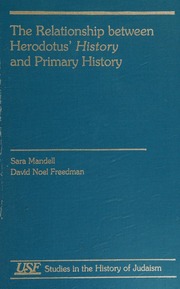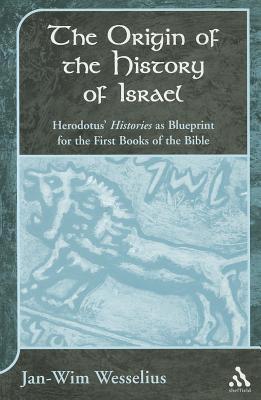https://x.com/i/status/1959571073432752416
If the link does not work for you here is the transcript:
Sachs: Israel is the most lawless violent criminal rogue state on the planet. I is committing a genocide. It is starving two million people and it is now proposing to do more. Very explicitly. First to occupy Gaza through another major military operation against a population facing starvation, and in the occupied West Bank of Palestine to establish new settlments that explicitly according to the zealot minister of this government, Smoltrich, will destroy any chance for a state of Palestine. In other words, Israel is not only committing a genocide. It is upping the ante right now. It is a rogue state operating completely outside of international law, spitting in the face of the entire world. The American people are overwhelmingly against what Israel is doing. Overwhelmingly. And they are calling for the United States to recognize a state of Palestine to save millions of people who are being starved to death, or facing expulsion, ethnic cleansing, murder and expropriation.
I’m sorry to be so blunt, but we have not seen anything so shocking as this in our lifetimes actually — in recent decades. What is happening right now is utter criminality.
What is the US doing about it? It is siding with Israel in everything. It is completely complicit in everything. It sanctions the International Criminal Court which cites these war crimes. It sanctions the judges of the International Criminal Court. President Trump declares that Netanyahu, who presides over these crimes, is a great person and a war hero. And he calls himself a war hero also for his war on Iran.
We are seeing something that is beyond imagining taking place before our eyes.
And it is two countries doing it, not one. It is the United States and Israel. And how Trump operates in this way — it draws the American people against our will into this — is a disgrace. He calls himself a Peace President. This is a Genocide President! We are disgusted by the behaviour of Washington. Its Trump, it’s the Congress, in the hands of this lobby hat is committing a genocide. We are disgusted! It has to stop. And this is the overwhelming view of the American people.
We are compelled to act for the Palestinians.
Yet what might this mean for the Jewish people as a whole?
I have found some of Israeli historian Yuval Noah Harari’s reprehensible, but on this question he makes a thought-provoking observation:
https://x.com/i/status/1956735274244866097
Again, if the link does not work, here is the point for what this may mean in the long term for Jews themselves, though:
This will be the new Judaism . . . . No Jew will be able to say, This is not the real Judaism.
Question: October 7, 2023, till now: where does that fit? Is it footnote or chapter in the sweep of Jewish history?
Harari: I thnk it could could be one of the biggest turning points in Jewish history. Maybe the biggest since the fall of the temple in 70 CE. Since the Roman conquest. Because Judaism has survived. It became the world champion in surviving catastrophes. But it never faced a catastrophe, like we are dealing with right now, which is a spiritual catastrophe for Judaism itself. Because what is happening right now in Israel could basically, I think, destroy, void, 2000 years of Jewish thinking and culture and existence.
That the worst case scenario that we are facing right now, what we are facing is the potential of an ethnic cleansing campaign in Gaza and the West Bank resulting in the expulsion of two million, maybe more, Palestinians from there, the establishment of Greater Israel, the disintegration of Israeli democracy, and the creation of a new Israel which is based on an ideology of Jewish supremacy and on the worship of what were completely anti-Jewish values of the last two millennia.
A country based on the worship of power and violence, and which is militarily strong — it will survive — it will be militarily strong; it will have alliances with various bullies around the world. It will also be economically viable. And this will be the spiritual disaster.
Because this will be the new Judaism that all Jews in the world will have to deal with. It will not disappear. And Jews are very good at dealing with catastrophes from the Roman conquest to the Holocaust. But this will not be a military catastrophe. The state will actually be successful in military, economic terms. And it will make the challenge much, much bigger. No Jew, say, in London or New York or anywhere else will be able to say, This is not the real Judaism.



